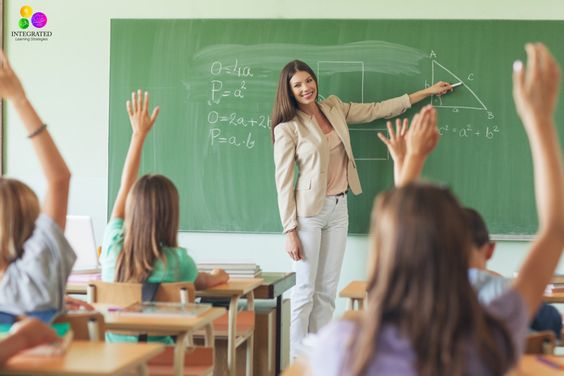Introduction
Teaching is a dynamic and rewarding profession, but it can also present challenges as educators attempt to engage and inspire students. Developing effective teaching strategies can prove invaluable in promoting student success. This article discusses a variety of insights and tips that can assist teachers in creating a positive and stimulating learning environment.
1. Establish clear objectives
One of the most important aspects of successful teaching is having clear, well-defined objectives. Teachers should begin each lesson or unit with an understanding of what they want students to learn and be able to do by its conclusion. Objectives should be concise and specific, making it easier for both teacher and student to assess progress.
2. Foster a positive classroom environment
Creating a welcoming and supportive classroom environment is essential for all students to feel comfortable, valued, and willing to participate in class discussions. To foster such an atmosphere, educators should establish class norms at the beginning of the school year that emphasizes respect, cooperation, and open communication.
3. Use varied teaching methods
Each student learns differently – some are visual learners while others may thrive in group discussions or individual problem-solving activities. To accommodate various learning styles within the classroom, teachers should use different teaching methods such as lectures, debates, experiments, role-plays, and multimedia presentations.
4. Encourage active learning
Rather than passively absorbing information from lectures or textbooks, students tend to learn more effectively when they actively engage with the material. Teachers can encourage active learning through problem-solving exercises, group discussions, collaborative projects, and hands-on demonstrations.
5. Provide timely feedback
Regular feedback is crucial in helping students understand their strengths and weaknesses as they work towards mastering new concepts and skills. Teachers should aim to provide constructive feedback on assignments, tests, and participation promptly so that students can apply this information to improve their performance going forward.
6. Be open to questions
Encouraging students to ask questions during class not only clarifies misunderstandings but also fosters critical thinking. Teachers should be approachable and create an environment where students feel comfortable expressing their thoughts or seeking clarification.
7. Implement technology in the classroom
Incorporating technology into the classroom can achieve a variety of goals, ranging from enhancing student engagement to providing support for struggling learners. By integrating digital tools such as educational apps or interactive whiteboards, educators can open up new and engaging avenues for learning.
8. Prioritize time management
Effectively managing class time ensures that important lessons are not rushed and leaves room for activities that reinforce key concepts. Teachers should maintain a consistent schedule with a balance between direct instruction, group activities, independent practice, and review.
9. Reflect on teaching practices
Taking time to assess one’s teaching practices is crucial for growth as an educator. Self-reflection offers the opportunity to identify strengths and areas in need of improvement, enabling teachers to fine-tune their lesson plans and teaching strategies.
Conclusion
Effective classroom instruction requires an array of skills – from communication and organization to creativity and adaptability. By implementing these teaching tips, educators can help support student success while fostering their own continued growth as professionals.





